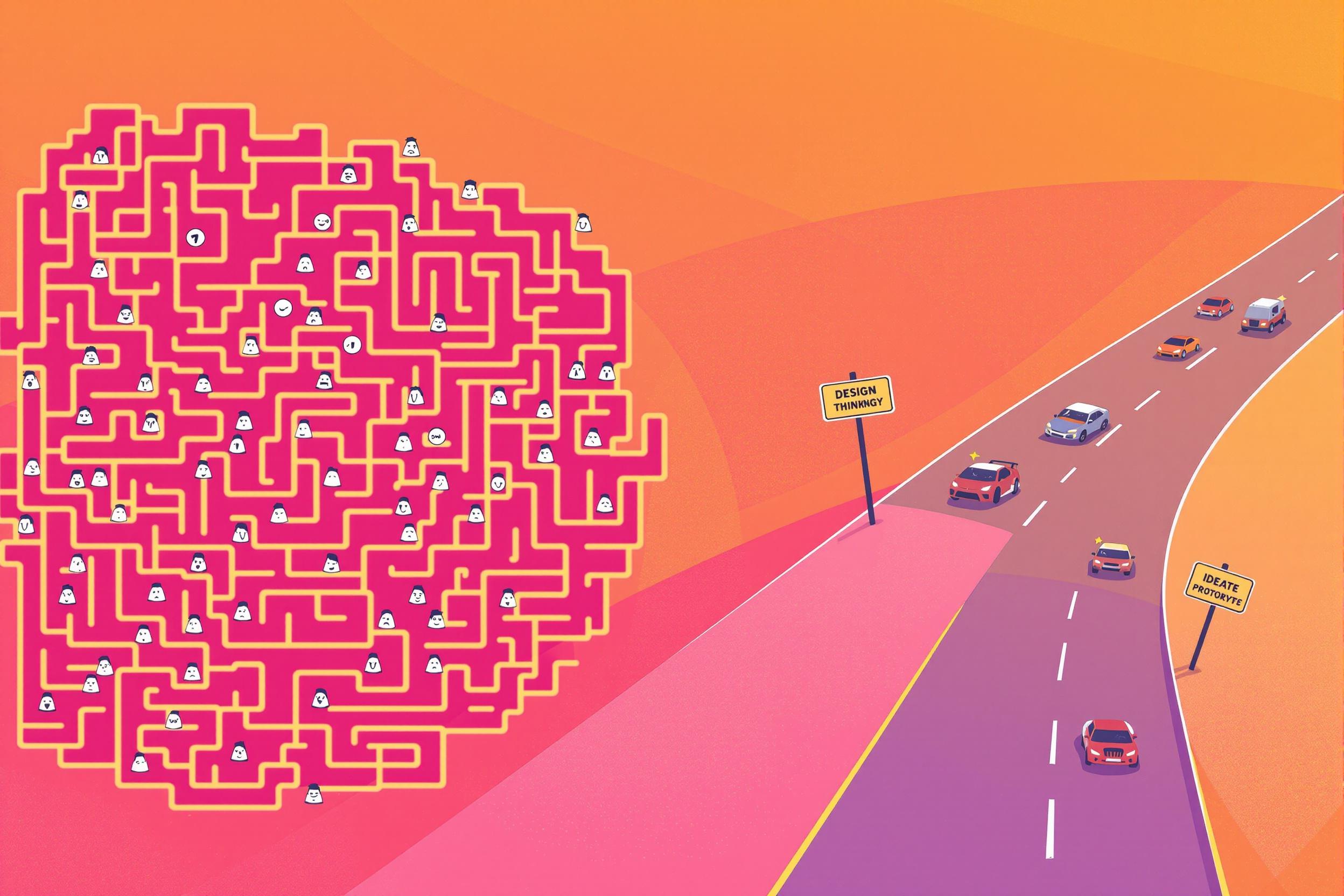
Future State Design
Future State Design is a business planning method that helps organizations envision and plan how they want to operate in the future. Think of it like creating a detailed blueprint for how a company should work in the coming years. Consultants use this approach to help clients improve their business processes, technology systems, and overall organization. Instead of focusing on current problems, Future State Design encourages thinking about ideal scenarios and then creating practical steps to achieve them. Similar terms include Target Operating Model, Vision Planning, or End-State Architecture.
Examples in Resumes
Led Future State Design workshops for Fortune 500 clients to improve their operations
Created Future State blueprints for digital transformation projects
Developed Future State Design Models for organizational restructuring
Facilitated Target State Design sessions with C-level executives
Typical job title: "Management Consultants"
Also try searching for:
Where to Find Management Consultants
Professional Networks
Example Interview Questions
Senior Level Questions
Q: How do you ensure client buy-in when presenting a future state design?
Expected Answer: Should discuss stakeholder management, building consensus, demonstrating ROI, and managing change resistance through clear communication and involvement of key players.
Q: How do you handle conflicts between different departments' future state visions?
Expected Answer: Should explain approaches to finding common ground, prioritization methods, and techniques for aligning different stakeholder interests with overall company goals.
Mid Level Questions
Q: What methods do you use to gather requirements for future state design?
Expected Answer: Should mention stakeholder interviews, workshops, current state analysis, industry benchmarking, and documentation review as key methods.
Q: How do you create a roadmap to achieve the future state?
Expected Answer: Should discuss breaking down the vision into manageable phases, considering dependencies, and creating realistic timelines with clear milestones.
Junior Level Questions
Q: What is the difference between current state and future state analysis?
Expected Answer: Should explain that current state looks at how things work now, while future state focuses on the ideal scenario and improvements needed.
Q: What tools do you use to document future state designs?
Expected Answer: Should mention basic tools like process maps, organizational charts, and presentation software used to visualize and communicate designs.
Experience Level Indicators
Junior (0-2 years)
- Basic process mapping
- Workshop support
- Documentation and presentation creation
- Stakeholder interview assistance
Mid (2-5 years)
- Workshop facilitation
- Requirements gathering
- Future state mapping
- Implementation planning
Senior (5+ years)
- Strategic vision development
- Large-scale transformation planning
- Executive stakeholder management
- Complex program leadership
Red Flags to Watch For
- No experience with stakeholder management
- Unable to explain basic change management concepts
- Lack of workshop facilitation experience
- No knowledge of business process improvement methodologies




